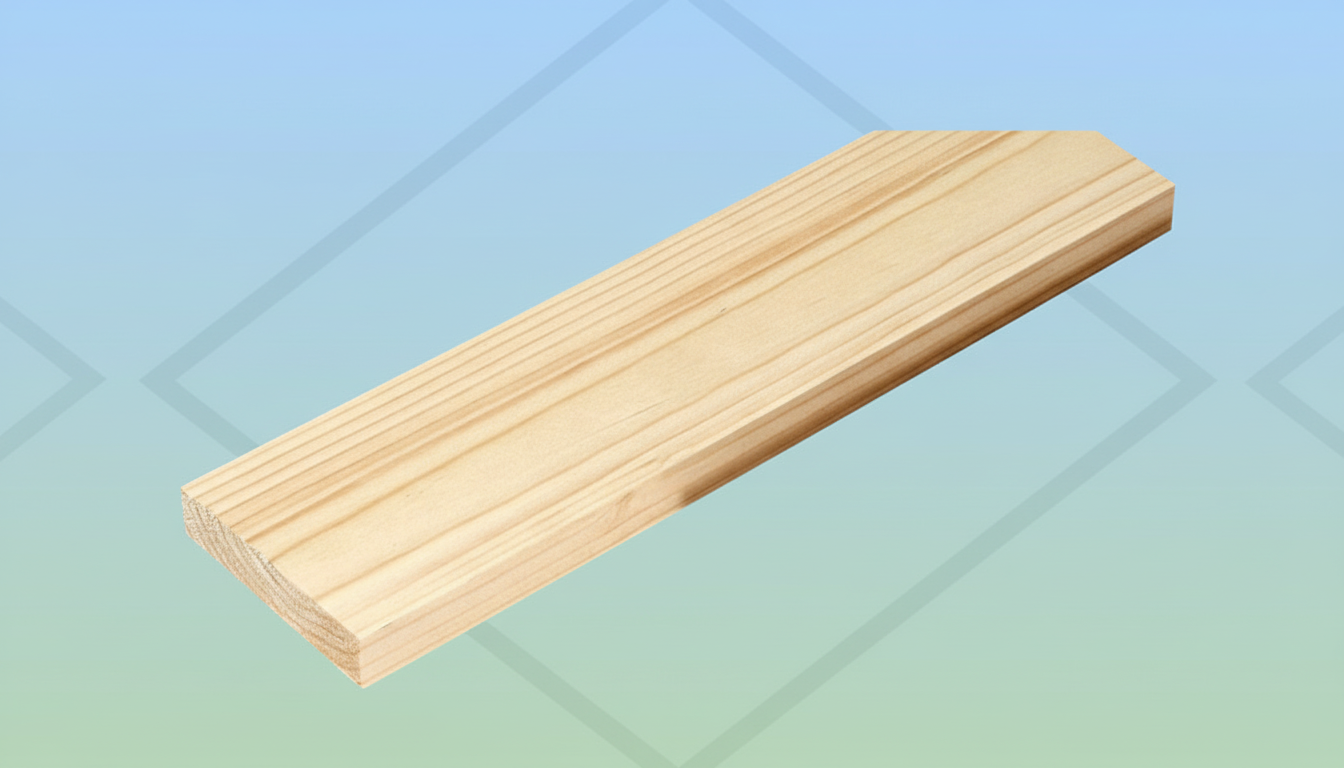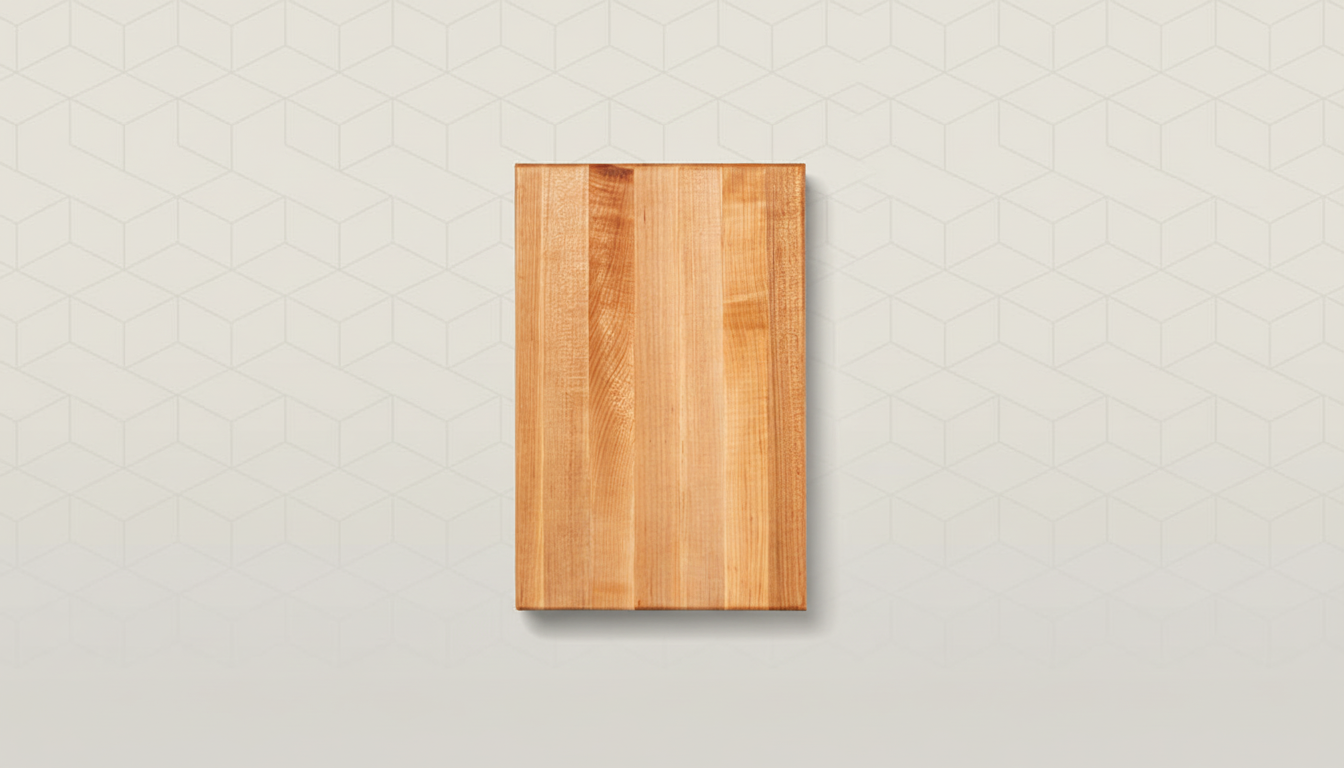Brynn Putnam, founder of machine-learning-powered home exercise equipment company Mirror, takes a photograph during a workout session at the company’s studio in New York City, U.S., on Monday, March 4, 2019.
Brynn Putnam is back with a new vision for another screen.

The New York-based entrepreneur who saw her last venture upended by Amazon is taking what she learned from building that company to her next startup.
The 24-inch, wood-framed “connected screen” is designed for tabletop play, putting board games’ tactile physical fun in conversation with the dynamism of video gaming and object-aware tech. Out of the box, the $500 system comes with 12 games and 50 physical pieces that are meant to get groups of four to six around the same surface.
A Hybrid Game Board and Object Recognition
Board is a planar multitouch, drag-and-drop surface that can interpret physical objects, hand gestures, and multitouch input.
The company says that the device is programmed to understand game pieces placed on the screen, making it possible for game mechanics like positional play, inventory tracking, and asymmetric roles to be played without all the rules refereeing or scorekeeping overhead. The wood finish and coffee-table footprint are meant to make the hardware feel more like furniture than a console.
The launch library includes 12 titles, with 50 pieces that can be spread and swapped between games. That approach mirrors the way current board publishers build ecosystems around components—dice, tiles, pawns—and leave it to software to handle complexity. It also paves the way for toys-to-life-style experiences, which went out of fashion on regular consoles but make intuitive sense on a collective, object-aware surface.
The roadmap is heavily based on A.I., including vision and voice inputs, adaptive storylines, dynamic game worlds, and accessibility features like translation and voice-to-text. The long-term pitch is that creators—not just the company’s in-house studio—will be able to build interactive stories, party games, and educational experiences that react to players in real time.
Platform strategy targets third-party games and creators
An internal studio and external developers have teamed up to seed content. The larger bet is a third-party ecosystem: developer tools and an app store where studios can publish directly to Board. It’s the same network-effects playbook that turned smartphones and VR headsets into platforms, but applied to in-person, couch co-op gaming. An indie-friendly surface that promises local multiplayer and physical contact could be a creative lure.
The company has not shared the economics of content, but premium game purchases, DLC-style expansions, or family plans are popular models in neighboring sectors. Discovery and curation will count; winners in living-room platforms—be it Nintendo’s or Meta’s—triumph not so much by specs as by frequently coming up with must-try titles and predictable paydays for developers.

Price positioning and the broader market context today
At $500, Board hits a novel lane: more expensive than most board games, about on par with a flagship game console, and cheaper than many specialized digital game tables. Arcade1Up’s Infinity Game Table, a near-analog, swings higher depending on its size, while traditional consoles hope for cooperative play and online co-op. Board is designed for tabletop, around-the-table play, a model that standard consoles have not been able to satisfy without more controllers and UI sacrifices.
The timing isn’t accidental. According to Grand View Research, the global board games market topped $15 billion in 2023 and is on pace for double-digit CAGR through the 2020s. Circana has continued to draw attention to the durability of tabletop and party game categories, while families are looking for offline, co-play-type experiences. And on the digital side, hands-on add-ons have long elicited disproportionate engagement—Activision’s Skylanders franchise, for example, racked up billions in lifetime revenue by linking physical figurines to on-screen gameplay. Board is effectively resurrecting that bridge, with a surface designed for it.
From fitness-focused screens to social play surfaces
Putnam’s first connected-hardware act ended when Mirror sold to Lululemon for $500 million and the broader industry reset as at-home fitness hardware cooled in favor of content partnerships.
The moral: Hardware is only as rugged as the experiences that are stacked on top. By moving away from something not everyone loves (workouts) to something nearly all people—and plenty of pets—love (play), Board is hunting for a use case with lower activation energy and vastly broader addressability.
There’s also a design correction in the mix. Where fitness screens were often confined to walls and relied on solo motivation, Board is deliberately horizontal, social, and forgiving. If it can establish itself as the default surface to use for party nights and family holidays, the hardware will become practically invisible—exactly where great living-room tech historically wins.
Funding details and key milestones to watch next
Board has raised $15 million to date from Lerer Hippeau, First Round, and Box Group, with a Series A underway. That capital will need to stretch across manufacturing, developer tooling, and a pipeline of first-party hits—three areas that can either make or break new platforms. Hardware margins, retail, and post-sale support are timeless challenges for young device companies.
Early traction will depend on two proof points.
- Can the launch slate provide repeatable fun that justifies table space?
- Will third-party developers deliver ideas that only make sense on a shared, object-aware screen?
If those answers break the right way, Board won’t be just another console—it might establish an entirely new category, where the best game is the one everyone can play together, right now, around their own table.

